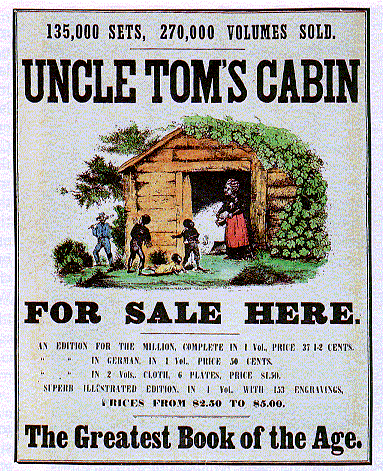

Prelude to War

 |
 |
||||||
| UNIT VI - 1845-1860 Prelude to War |
|||||||
 |
|||||||
| Concessions to North | Concessions to South |
|---|---|
| CA admitted as a free state | Remainder of Mexican Cession (New Mexico & Utah) open to popular sovereignty (but the land was not fit for slavery anyway) |
| Territory disputed between New Mexico and Texas goes to Texas | Texas recieves $10 million from fed. gov. as compensation (thought it would just go to paying debts) |
| Abolition of slave trade (but not slavery) in District of Columbia | More stringent Fugitive-Slave Law, going beyond the one of 1793 (this touch off anger in North) |
The North clearly had a better deal! You can figure out why�